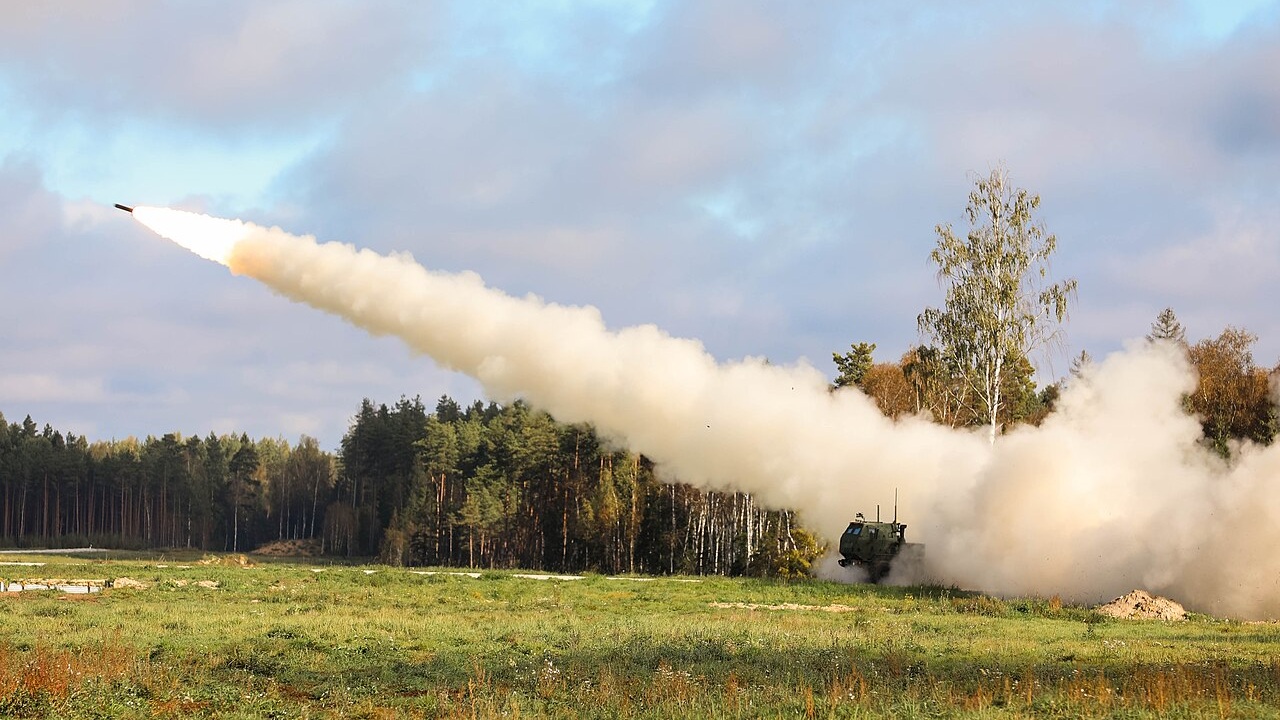A new era in rocket artillery has begun as the Global Mobile Artillery Rocket System (GMARS) successfully completed its first test firing in New Mexico. On August 7, 2025, defense giants Rheinmetall and Lockheed Martin announced this significant milestone, demonstrating the system’s capabilities to enhance firepower for the United States and NATO allies.
The test took place at the White Sands Missile Range, where the GMARS showcased its ability to effectively launch rocket missiles. Although further challenges remain before full operational status is achieved, this successful initial test marks a critical step forward. “We are thrilled to have achieved this major milestone in the GMARS program,” stated Dr. Björn Bernhard, CEO of Rheinmetall Vehicle Systems Europe. He emphasized the system’s precision and reliability, expressing confidence that GMARS will satisfy evolving military needs.
While specific details on the range of the training rounds have not been disclosed, Rheinmetall has indicated that the GMARS is expected to perform fire support missions up to 400 kilometers (approximately 250 miles). If proven accurate, this would extend the operational reach significantly beyond that of the existing MGM-140 Army Tactical Missile Systems (ATACMS), which have played a crucial role in the ongoing conflict in Ukraine.
Paula Hartley, Vice President and General Manager of Tactical Missiles at Lockheed Martin, affirmed the company’s commitment to innovation, stating, “Lockheed Martin is committed to delivering innovative solutions that meet the evolving needs of our customers.” The successful test reinforces the rapid development of the GMARS program and its potential impact on future military operations.
Enhanced Mobility and Compatibility
The GMARS is designed with a shoot-and-scoot capability, akin to the M142 High Mobility Artillery Rocket System (HIMARS) and M270 Multiple Launch Rocket System (MLRS). This feature allows the system to fire its payload and relocate before being detected by enemy counter-artillery systems, a tactic that has proven effective in various combat scenarios, including the conflict in Ukraine.
The new rocket artillery system requires a crew of two, with an option for an additional member to assist with operations. One of the significant advantages of the GMARS is its compatibility with existing munitions used by HIMARS and MLRS, facilitating easier integration for military forces already familiar with these systems.
The GMARS can carry two pods with various payloads, allowing it to accommodate up to 12 Guided Multiple Launch Rocket Systems (GMLRS), four Precision Strike Missile (PRSM) short-range ballistic missiles, or two MGM-140 ATACMS. Furthermore, it can integrate platforms and munitions developed by NATO nations, enhancing interoperability among allied forces.
Rocket artillery has demonstrated its effectiveness in modern warfare, particularly in the ongoing conflict between Ukraine and Russia, where both sides utilize such systems for long-range fire missions. The introduction of the GMARS is likely to bolster the United States’ and NATO’s operational capabilities and response times in future conflicts.
As the GMARS program progresses, its successful testing signals a promising advancement in military technology, reinforcing the commitment of both Rheinmetall and Lockheed Martin to meet the challenges of contemporary warfare. The development of this system will not only expand the tactical options available to ground forces but also strengthen the deterrent posture of allied nations.
The future of rocket artillery is evolving, and with the successful demonstration of the GMARS, the United States is poised to maintain its strategic edge in land warfare.
